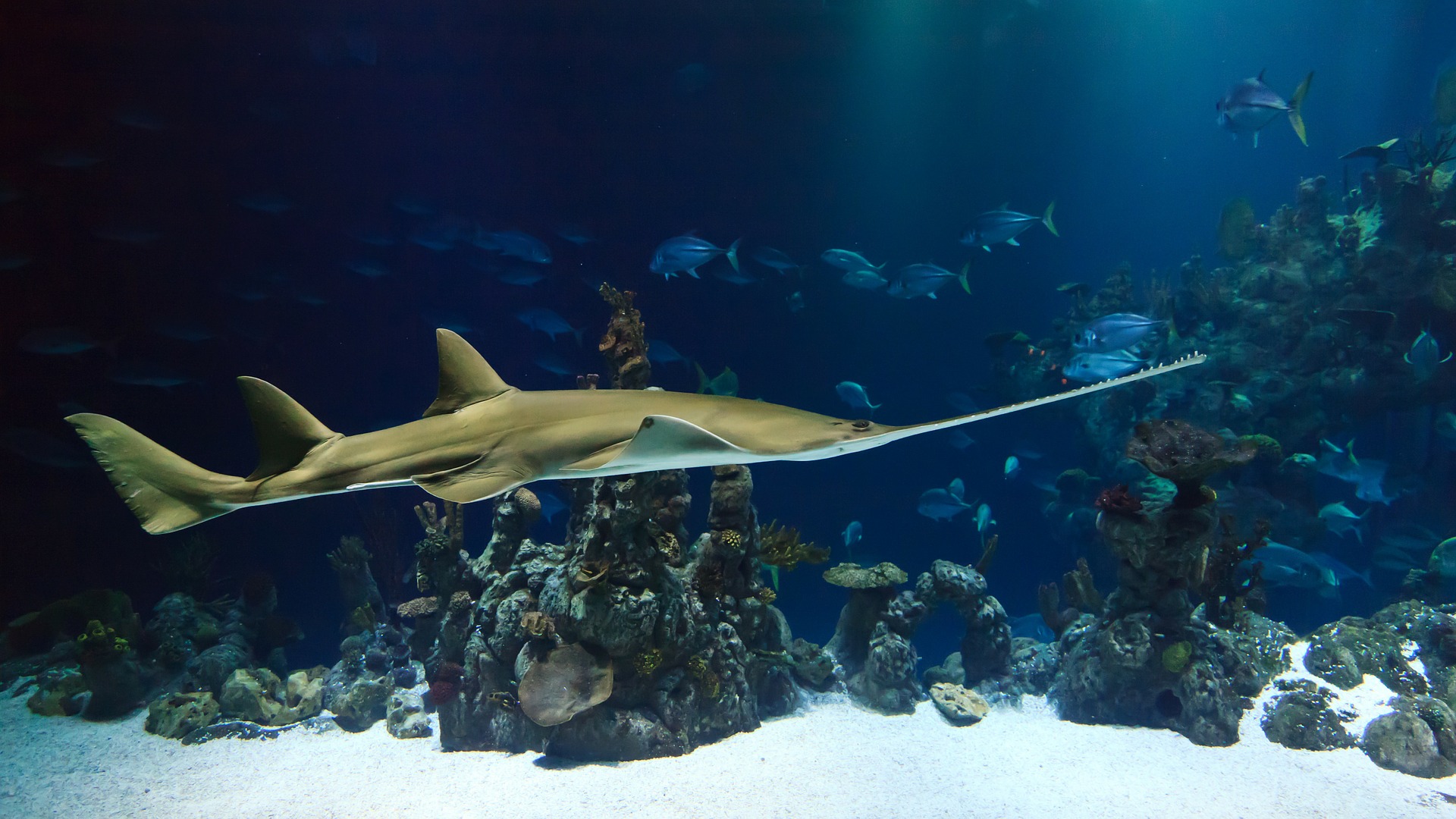In recent years, the Wider Caribbean region has faced challenges from oil spill incidents including a recent event where oil washed up on thousands of kilometers of Brazil’s coastline from an unknown source[1] and multiple spills originating from Trinidad and Tobago[2],[3]. Illegal dumping of oil-contaminated waste by ships operating in the region is also a common occurrence.[4]
Despite these known risks, the Wider Caribbean lacks an operational oil spill surveillance service. Oil spills, such as in the case of the 2019 Brazil incident, are often identified only after oil reaches environmentally sensitive coastal areas. The time lag between the oil spill occurrence and notification to the government authorities and enforcement agencies is critical. Without effective monitoring of the oil spill incident, this prolonged time lag results in missed opportunities to identify oil spill sources and responsible parties, less effective mitigation as well as more severe environmental damage.
With the ability to image large areas with ever increasing spatial resolutions and shorter revisit times, satellite remote sensing of oil spill is proven and among the best ways to monitor ocean oil spill. Publicly available satellite imagery with high enough spatial resolution (~10 meter) to monitor the spill are available. Various government agencies and institutions in the US, Canada, and Europe are leveraging the imagery data to set up monitoring programs for their respective regions. Satellite Analysis Branch from US National Oceanic and Atmospheric Administration (NOAA) is one of them, and has been monitoring the US EEZ for accidental and intentional oil spill from oil facilities, illegal vessel discharge and shipwreck since 2009.
In May 2018, a Workshop on ‘Sargassum and Oil Spills Monitoring Pilot Project for the Caribbean Sea & Adjacent Regions’ was organized by IOC and held in Mexico City[5]. During the meeting, the participants from many Caribbean countries expressed a strong interest in setting up a regional Caribbean wide oil spill monitoring system. This project is the direct brainchild of the meeting. The plan is to train Regional Satellite Analysts who will be responsible for performing oil spill surveillance using freely available satellite data, as well as connect with regional users to disseminate products and receive feedback.
More recently, during Cartagena Convention IGM19/COP16[6] In July 2021, using satellites to detect oil spill was recognized as a regional priority in oil spill response and mitigation. Specifically, the final decisions of the IGM19 now include: 1) “Recommend that the UN Secretariat strengthen collaboration in the region on oil spill monitoring.” 2) “Request the Secretariat, RACs and other partner agencies to actively explore opportunities for replicating and upscaling training for detection of oil spills using remote sensing technology as well as other emerging pollutants.”
Trinidad and Tobago’s New Operational Satellite Oil Spill Monitoring Program
A first in the Caribbean region, three agencies in Trinidad and Tobago (TT) have jointly established a near-real time satellite oil spill monitoring program for their Exclusive Economic Zone (EEZ) since July 1st, 2021, after receiving the training from US NOAA. The agencies include Institute of Marine Affairs (IMA), Ministry of Energy and Energy Industries (MEEI) and Environmental Management Authority (EMA).
The satellite oil spill products mostly utilize free publicly available satellite radar and optical imagery. The report is generated in arcGIS software. A sample report showing an oil anomaly emanating from an oil facility in the Gulf of Paria is shown in Figure 1. Hundreds of reports have been issued since the beginning of the monitoring, identifying possible oil facility, pipeline or ship bilge dumps using free satellite imagery. The new found capabilities have also helped TT in one significant spill in August to map out the area extent and direct where the oil spill mitigation resources and clean up efforts were targeted.
|
A recent oil anomaly report from TT’s oil monitoring program. The left panel of the report gave details of the satellite, sensor mode, spatial resolution, lat/lon and area of the anomaly, while the right panel of the reports shows the possible oil anomaly and point source in the satellite imagery. A smaller insert map shows the geographic location of the anomaly. Primary Partners and Points of Contact |
Oil Spill Monitoring Next Steps
Recognizing regional needs for oil spill monitoring and coordination in the larger area, we are seeking other regional partners in receiving virtual training and standing up similar oil spill monitoring capabilities. Going forward, IMA from TT will join NOAA to co-lead the satellite oil spill monitoring training in the Caribbean region.
We expect to be able to provide similar training content as in Trinidad and Tobago’s virtual training and can adapt the training schedule accordingly, as well as provide initial support once the program becomes operational. NOAA has provided the training in TT to 18 analysts via virtual training during mid-May to early July 2021 in a twice a week, 3-4 hours training session format. The training content covers theory and practical knowledge of the satellite sensors to detect oil spill, website and procedures to download and analyze freely available imageries, as well as hands-on case study where the trainees examine sample imagery and issue reports as needed. Towards the end of training, trainees are asked to download and analyze near real time imagery in their area, to ensure they are ready to transition to operations. Moreover, NOAA has provided troubleshooting and imagery consultation for a few months after the TT operational monitoring has started.




